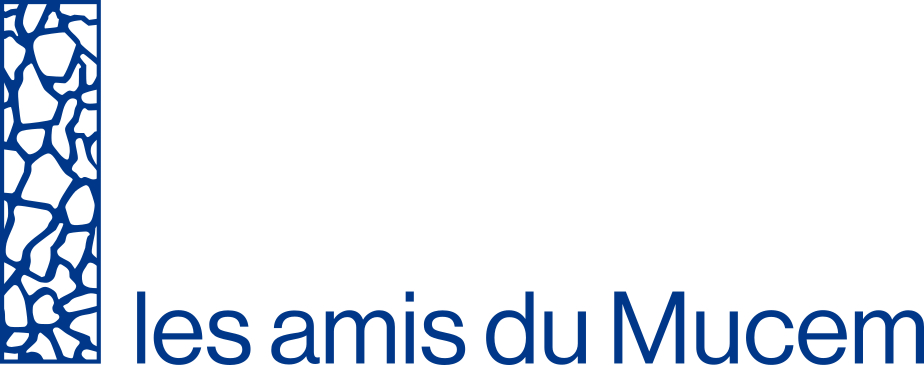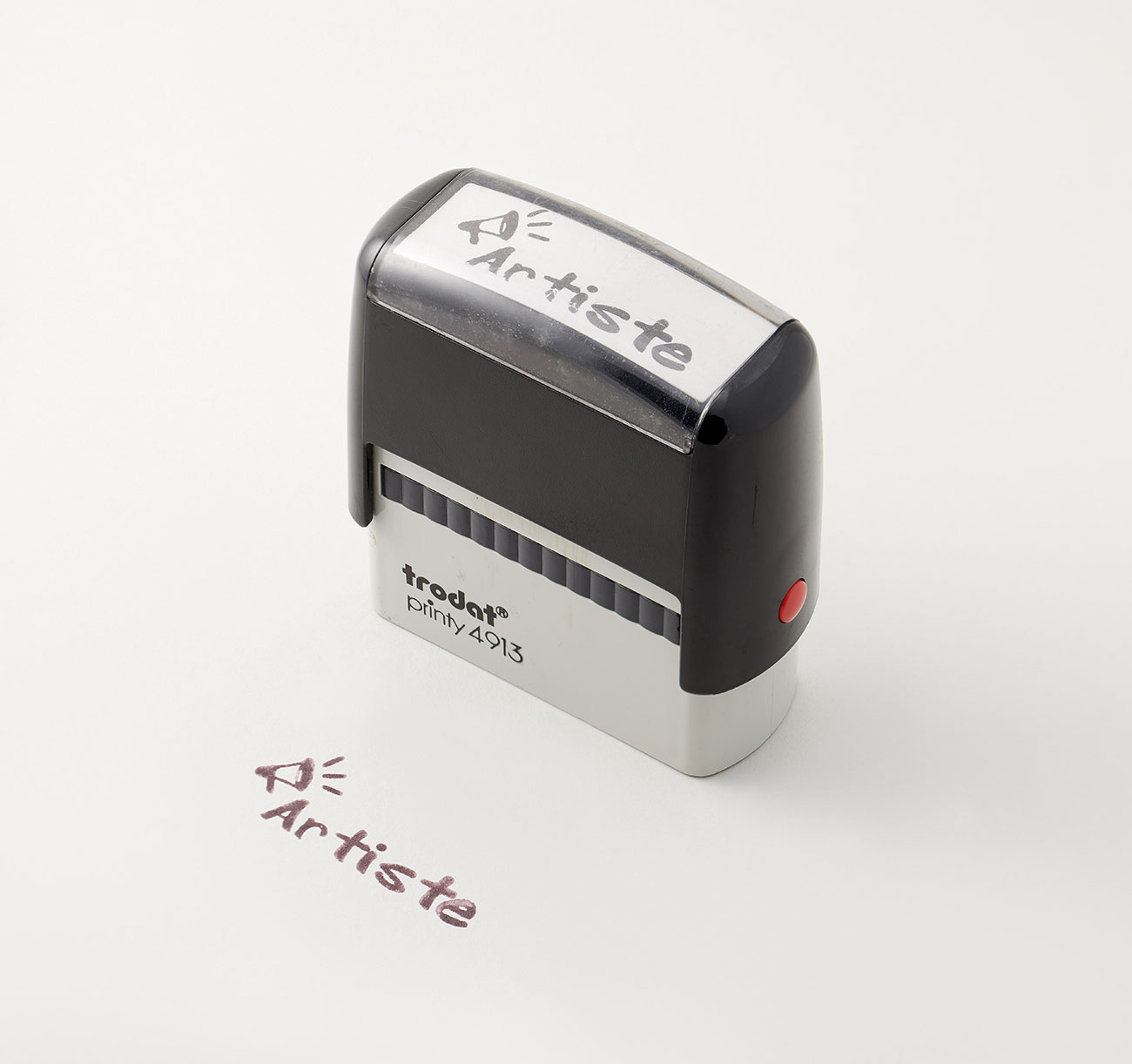I sign therefore I am
From A to Z
Mucem, fort Saint-Jean—
Aire de battage
|
From Wednesday 20 October 2021 to Monday 25 April 2022
An abecedary on arts and crafts in 26 letters!
The signature is at the heart of the abecedary “I sign therefore I am”. Writing one’s name on a handcrafted object is the mark of a claim by its author as to the authenticity and uniqueness of their work, a far cry from a standardized, anonymous series. To sign is to signify a social and artistic status.
Each letter of the alphabet refers to a craft, that is to say, in the legal sense, “an activity of production, creativity, and/or transformation (...) characterised by the mastery of gestures and techniques for working with matter and requiring an artistic contribution”. The key word is thus the talent expressed by these creators.
The usefulness here is beautiful and well done: a terrine, a fan, a trunk. The street is embellished by a weather vane, a pastel drawing on a sidewalk, a sign, or a store front. One could mistake a yoke of beef or a glazed tile for a modern sculpture. One also notes the meticulousness of the manual work of a watchmaker, the patience of embroiderers working for hundreds of hours on their work, and the quality of the materials that make up a hurdy-gurdy.
This know-how is distinguished by the mastery of a repertoire of forms and ancient or modern techniques of fabrication, following on from an apprenticeship in a workshop, a trade, or a craft guild. The diversity of the materials used is highlighted here, from the most common materials to the most unusual and precious: hair, gold, earth, zinc, etc... This exhibition brings out the anonymity of women and men from the 17th century to today: Marie Talbot, Lucien Corné, Antoine Oleyant... Beyond their creativity, the exhibition also shows their portraits, tools, and archives. It testifies to their apprenticeship as well as their creative and innovative approach — some doing their work in isolation, while others belong to lineages of craftsmen or practise in workshops.
“I sign therefore I am” from A to Z is a call to look at forms and materials through the most diverse artistic productions and expressions. The museum’s rich collections of folk art are called upon to highlight the crafts and skills that can embellish our daily lives. Far from the hierarchy of genres, it questions the nature of the artist-craftsman.
—Curator: Marie-Charlotte Calafat, heritage curator, head of the collections department and documentary resources at the Mucem
With the support of Les amis du Mucem

-
Interview with Marie-Charlotte Calafat, curator
-
Mucem (M.) "I sign therefore I am" is more interested in signed objects than in the theme of the signature itself?
Marie-Charlotte Calafat (M.C.C.) Indeed, through the signed objects, this abecedary responds to the desire to show the beauty of popular art objects, and to highlight their authors. It is the link between the object and the signature that is interesting: why is one object signed and not another? What does signing an object mean for its creator? And what about its purchaser? This question arises in particular in the age of industrial production... This abecedary is also about crafts and know-how. The presented works, all signed, also reflect the mastery of gestures and techniques, in an aesthetic and functional quest. The objects produced by these craftsmen are the sum of their experiences and the fruit of their patience and skill. Some entries may seem curious or outdated: "yoke maker", "shuttlemaker", "slate splitter", "bark cutter", "thatcher"... Others are still familiar to us: "carpenter", "santon maker", "goldsmith". The chosen objects are an invitation to discover this world of craftsmanship and materials, transformed and magnified by the craftsman's tools and tricks of the trade.
M. What were the most surprising discoveries during your research on this exhibition?
M.C.C. The topic of the signature in folk art has been little discussed and studied. One of the reasons for this is undoubtedly the assertion of the collective and anonymous nature of this art, which leaves little room for the individual. This lack of interest is still reflected today in the database of collections. The author, even though he or she has endeavoured to assert his or her creation by an inscription or signature on the object, is not always transcribed. This abecedary is therefore an opportunity to work on these "forgotten" authors, to link them to the objects that were produced and to gather documentation that will enable us to study them from a social, economic, artistic and historical point of view. The discoveries were therefore the result of patient research in storerooms, looking at the works, turning them over and searching for inscriptions, marks or signatures... I was surprised to see how many works in the Mucem collections are signed!
M. Within this selection, what are the most remarkable signatures (and objects)?
M.C.C. Of all the people highlighted in this abecedary, the most remarkable and best known is certainly Marie Talbot, whose work was collected and appreciated by artists and art dealers of the 20th century, from Pablo Picasso to Charles Ratton for instance. Even today, the site of La Borne is a site at the heart of contemporary ceramic excellence. Marie Talbot, born Jeanne Brûlé in Henrichemont in 1814, was a specialist in stoneware production and hailed from a family of potters. The Madonna presented in the exhibition is a beautiful woman of popular appearance, with her drapery decorated with finely worked motifs, and the artist stated that she made it at the age of 23! I was also touched by a tile with the inscription: "On 29 June 1896, Georges Fontaine made the tile at the age of five and a half", which testifies to the apprenticeship of know-how, seen here from a very early age.
